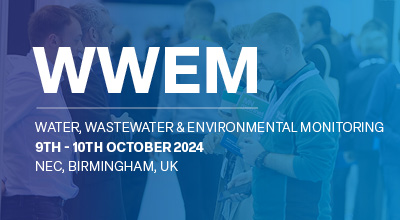| Abstract Title: | Laboratory considerations when analysing PFAS containing samples |
| Presenter Name: | Dr Matt James |
| Co-authors/Co-presenters: | Dr Tony Edge |
| Company/Organisation: | Avantor |
| Country: | United Kingdom |
Abstract Information :
The LC-MS determination of PFAS in environmental matrices is very challenging due to the increasingly low-level quantification required by regulatory authorities. This challenge is exacerbated by the ubiquitous use of PFAS containing materials within the laboratory environment , which can result in inadvertent contamination of analytical samples and invalidation of analytical data. To avoid quantification issues, it is essential to characterise potential sources of contamination and to apply rigorous working practices to eliminate them. This work summarises experiences from within our laboratory when establishing a new PFAS LC-MS method within a working “non-PFAS” laboratory and is intended to serve as guidance for analysts new to the field of PFAS analysis. Initially, common laboratory consumables used during sample preparation were screened using a newly established LC-MS method to identify materials that could potentially contaminate samples. Various laboratory consumables were found to contain extractable PFAS, this data was used to eliminate/control sample handling and preparation steps that could potentially contaminate samples. The LC-MS system and consumables were also thoroughly assessed; background PFAS components (PFHxA, PFHpA, PFOA, PFNA and PFDA) were found to originate from LC-MS solvent line tubing and the use of a PFAS delay column was demonstrated to resolve the problem. Additionally, the importance of testing consumables, including sample vials was demonstrated. In one case, a vial cap material recommended for PFAS analysis was found to leach 4,8-dioxa-3H-perfluorononanoic acid (ADONA) into methanolic diluent. The impact of using PFAS grade solvents in the mobile phase was also assessed Many PFAS workflows utilise sample pre-concentration by solid phase extraction (SPE). This step was anticipated to be potentially problematic, indeed persistent contamination of PFHxA from the nitrogen blowdown step was found to originate from compressed air and nitrogen line tubing. A variety of tubing materials were assessed, several of which were found to contain extractable PFAS components. Finally, an additional concern with sample preparation was the potential for high PFAS load water samples to cross-contaminate other samples when undergoing parallel or subsequent processing. A novel rapid pre-screening method has therefore been developed, which allows a small 200 µL aliquot of sample to be screened in under two minutes using a 10 mm column and one minute gradient. By applying this approach, laboratories may quickly pre-classify incoming samples and divert high PFAS samples to alternative work streams to safeguard against cross contamination.


